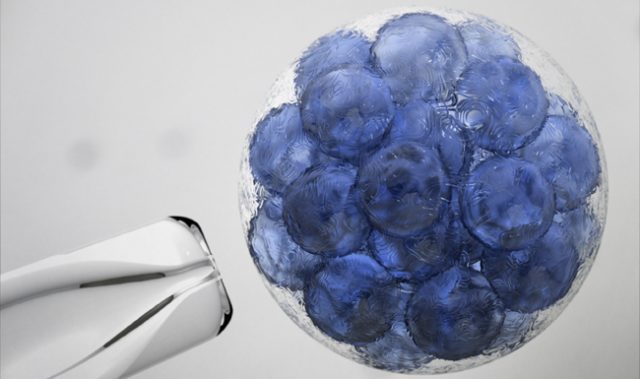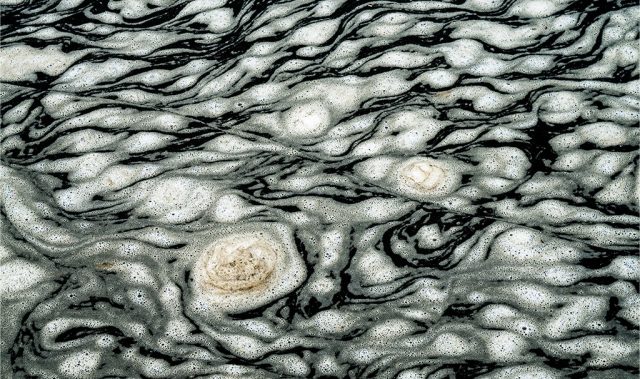
AsianScientist (Jun. 10, 2013) – Considerable stigma is still attached to asthma, which is thought to be on the rise in India, says a new study.
Children with asthma in India are being prevented from receiving effective treatment by a range of widely-held myths and misconceptions, says University of Sydney researcher Charu Grover, who interviewed young asthma patients and their families in New Delhi as part of her PhD project.
She found that parents are reluctant to disclose their child’s asthma to schools or relatives; many children do not take inhalers to school, and their parents do not have easy access to information about the disease or how medications work. Asthma was also seen by parents as a particular problem for girls because it could damage their future marriage prospects.
“There are common misconceptions about asthma,” said Charu. “Many people still think of it as an old age disease or a smokers’ disease, and parents are often fatalistic about it – they see it as God’s will.”
Charu, a homeopathic doctor from Delhi, worked for eight years with patients suffering from allergic diseases before moving to Sydney to study for a PhD in pharmacy. She is now returning to India to work at a research hospital specializing in chest diseases.
Her research project is one of the first of its kind in India; most studies of child asthma management issues do not include children.
Charu says that child-friendly educational tools are needed to help young asthma patients. Educational material is also needed to increase awareness in parents and debunk myths about asthma.
Based on her research findings, Charu has designed a child asthma education program called Sehatmaand Saansen (Healthy Breathing), which she piloted in a trial in New Delhi with 40 children and their parents recruited from a hospital outpatient clinic.

In one session, she asked children to draw what it feels like to have asthma. One child pictured it as a large rock pressing down on his chest, another described asthma symptoms as being like a fish struggling to breathe out of water. She also used problem solving and games to engage the children and encourage meaningful learning.
Her research was primarily supervised by Bandana Saini, a senior lecturer in the Faculty of Pharmacy, who has been working with asthma patients for 15 years and who designed Australia’s first asthma diseases state management model for pharmacists.
“This has been a fascinating project and has involved collaborations with major hospitals in New Delhi that we would like to continue in future,” she said.
Charu Grover’s research has been published in Respirology, the journal of the Asian Pacific Society of Respirology, and in the Journal of Asthma.
——
Source: University of Sydney.
Disclaimer: This article does not necessarily reflect the views of AsianScientist or its staff.












